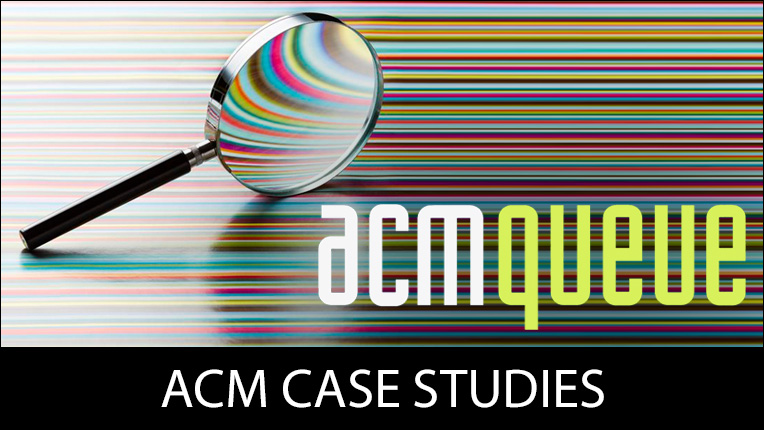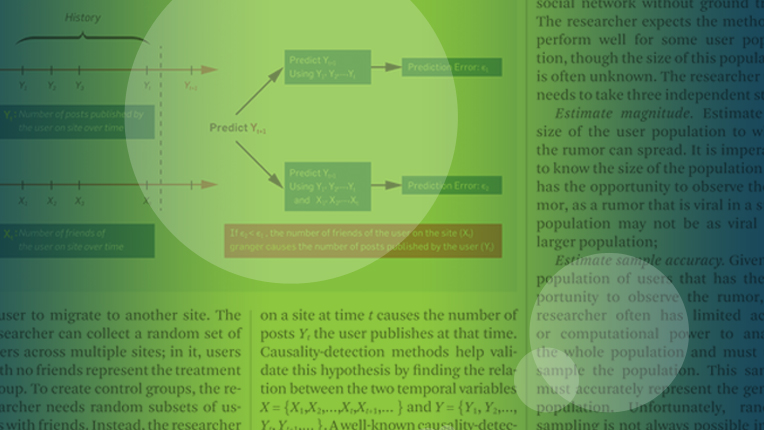SIGCOMM Annual Report
July 2002 - June 2003
Submitted by: Craig Partridge, SIGCOMM Chair
SIGCOMM had a good year.
The SIGCOMM conference continues to be an outstanding conference. We continue to be innundated with submissions and our acceptance rate now hovers at about 10% (which is a mixed-blessing). Our student travel grant program continues to fund a large number of students to attend the conference and our student poster session is popular. In 2002 we worked to bring position papers to the conference and they proved popular.
The one glitch on the conference was the finances. We created what we thought was a conservative budget, only to get burned by two issues. First, the hotel contract was overly optimistic about attendence and then the hotel management, which initially showed great flexibility chose to be difficult. Intervention by ACM HQ (thanks Donna!) saved the day here. The other issue was the balance of student registrations -- we leapt to 50% student registations (from around 33% in 2001) and since we budgeted to lose a bit of money on each student, this drove the conference into the red.
For 2003 and going forward, we are budgeting students at the break even price.
The annual SIGCOMM Award was given out for the 13th year. The recipient in 2002 was Scott Shenker.
The SIG has been expanding its suite of conferences and workshops over the past few years with tremendous success. The Internet Measurement Workshop was held for a second year and is already drawing a large number of submissions. Its success has led to it become a conference in 2003.
HOTNETS, a new SIGCOMM workshop on new ideas in networking was held at Princeton in the fall of 2002 and was outstanding. It succeeded in drawing interesting work still in early phases and getting a room full of attendees who held lively discussions.
SIGCOMM created two new conferences in association with other SIGS: NSDI (with SIGOPS and USENIX) and SENSYS (with a mix of SIGs). The first conferences will be held in the coming year and we look forward to both.
The one worry spot is the joint workshop in Latin America with IFIP. The IFIP sponsored workshop that was to occur in 2002 did not happen and this has left a multi-year gap between our Latin American workshops. However, an informal agreement with IFIP is in place (formal agreement to come) and the 2003 Latin American workshop, under SIGCOMM's sponsorship, has been organized and should take place this fall.
In terms of issues from prior years:
-
Keeping the annual SIGCOMM conference vital. We have revised the conference format for 2003, with workshops scattered through the program. Response to the workshops has been strong (many good papers) and we're optimistic that their addition will make the conference feel more inclusive. We also, for the first time in many years, accepted substantially more papers in 2003 than in the prior year.
-
SIG Management. In 2002 we noted that there were too many volunteer positions that needed to be filled. We've sought to lighten the load by creating steering committees for the conferences and workshops except the annual SIGCOMM conference. It is too early to tell if this actually reduces the load enough, but it has certainly made launching NSDI, SENSYS and HOTNETS easier.
-
Bringing our budget into balance. The loss at SIGCOMM 2002 has made this issue a continued priority. We expected a profit for this FY. We believe we will have run a modest loss.
ACM Case Studies
Written by leading domain experts for software engineers, ACM Case Studies provide an in-depth look at how software teams overcome specific challenges by implementing new technologies, adopting new practices, or a combination of both. Often through first-hand accounts, these pieces explore what the challenges were, the tools and techniques that were used to combat them, and the solution that was achieved.

Publish with ACM
ACM's prestigious conferences and journals seek top-quality papers in all areas of computing and IT. It is now easier than ever to find the most appropriate venue for your research and publish with ACM.

Lifelong Learning
ACM offers lifelong learning resources including online books and courses from Skillsoft, TechTalks on the hottest topics in computing and IT, and more.
